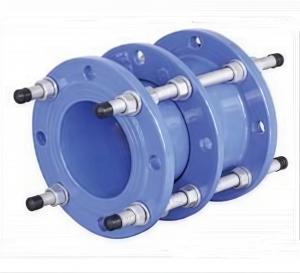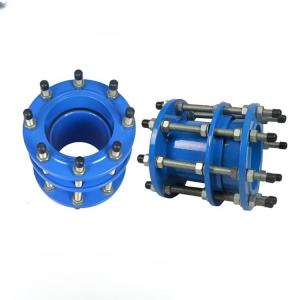Loading Port:Tianjin
Payment Terms:TT or LC
Min Order Qty:25 m.t.
Supply Capability:100000 m.t./month
Product Description:
OKorder is offering 100mm*50mm U channel steel for construction at great prices with worldwide shipping. Our supplier is a world-class manufacturer of steel, with our products utilized the world over. OKorder annually supplies products to European, North American and Asian markets. We provide quotations within 24 hours of receiving an inquiry and guarantee competitive prices.
Product Applications:
100mm*50mm U channel steel are ideal for structural applications and are widely used in the construction of buildings and bridges, and the manufacturing, petrochemical, and transportation industries.
Product Advantages:
OKorder's U channel steel are durable, strong, and resist corrosion.
Main Product Features:
· Premium quality
· Prompt delivery & seaworthy packing (30 days after receiving deposit)
· Corrosion resistance
· Can be recycled and reused
· Mill test certification
· Professional Service
· Competitive pricing
Product Specifications:
Galvanized Channel Steel
1. Professional factory
2. Size: 50MM-400MM
3. Standard: GB,JIS,ASTM
4. Materials: Q235,SS400,A36..
A Hot Dip Galvanized U channel coating is relatively easier and cheaper to specify than an organic paint coating of equivalent corrosion protection performance. The British, European and International standard for Hot Dip Galvanizing is BS EN ISO 1461 which specifies a minimum coating thickness to be applied to steel in relation to the steels section thickness e.g. a steel fabrication with a section size thicker than 6 mm shall have a minimum galvanized coating thickness of 85 µm.
Further performance and design information for galvanizing can be found in BS EN ISO 14713-1 AND BS EN ISO 14713-2. The durability performance of a galvanized coating depends solely on the corrosion rate of the environment in which it is placed. Corrosion rates for different environments can be found in BS EN ISO 14713-1 where typical corrosion rates are given with a description of the environment in which the steel would be used.
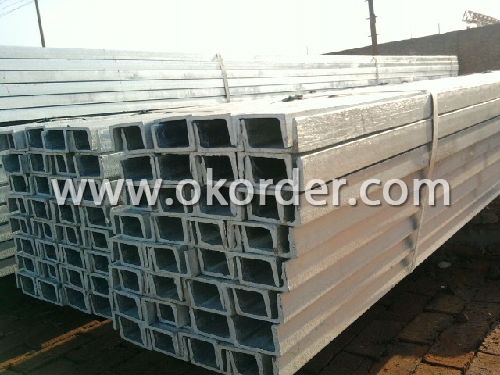

Galvanized Steel Channel | (mm) | (mm) | (mm) | (mm) |
|
50x25 | 50 | 25 | 3.0 | 6.00 | 2.37 |
75X40 | 75 | 40 | 3.8 | 7.00 | 5.30 |
75X40 | 75 | 40 | 4.0 | 7.00 | 5.60 |
75X40 | 75 | 40 | 4.5 | 7.00 | 5.85 |
75X40 | 75 | 40 | 5.0 | 7.00 | 6.92 |
|
|
|
|
|
|
100X50 | 100 | 50 | 3.8 | 6.00 | 7.30 |
100X50 | 100 | 50 | 4.2 | 6.00 | 8.03 |
100X50 | 100 | 50 | 4.5 | 7.50 | 8.97 |
100X50 | 100 | 50 | 5.0 | 7.50 | 9.36 |
|
|
|
|
|
|
125X65 | 125 | 65 | 5.2 | 6.80 | 11.66 |
125X65 | 125 | 65 | 5.3 | 6.80 | 12.17 |
125X65 | 125 | 65 | 5.5 | 8.00 | 12.91 |
125X65 | 125 | 65 | 6.0 | 8.00 | 13.40 |
|
|
|
|
|
|
150x75 | 150 | 75 | 5.5 | 7.30 | 14.66 |
150x75 | 150 | 75 | 5.7 | 10.00 | 16.71 |
150x75 | 150 | 75 | 6.0 | 10.00 | 17.90 |
150x75 | 150 | 75 | 6.5 | 10.00 | 18.60 |
150x75 | 150 | 75 | 6.5 | 10.00 | 24.00 |
|
|
|
|
|
|
200X80 | 200 | 80 | 7.5 | 11.00 | 24.60 |
2. The Mechanical property of Galvanized Steel Channel:
Grade | Yield Strength,N/mm² | Extension Strength N/mm² | |||
Thickness of Steel,mm | |||||
≦16 | >16-≦40 | >40-≦100 | >100 | ||
SS330 | ≧205 | ≧195 | ≧175 | ≧165 | 330-430 |
SS400 | ≧245 | ≧235 | ≧215 | ≧205 | 400-510 |
SS490 | ≧285 | ≧275 | ≧255 | ≧245 | 490-610 |
SS540 | ≧400 | ≧390 | - | - | ≧540 |
3. The chemical composition of Galvanized Steel Channel
Grade | Element(%) | |||
C | Mn | P | S | |
SS330 | -- | -- | ≦0.050 | ≦0.050 |
SS400 | ||||
SS490 | ||||
SS540 | ≦0.30 | ≦1.60 | ≦0.040 | ≦0.040 |
Usage of Galvanized Steel Channel:
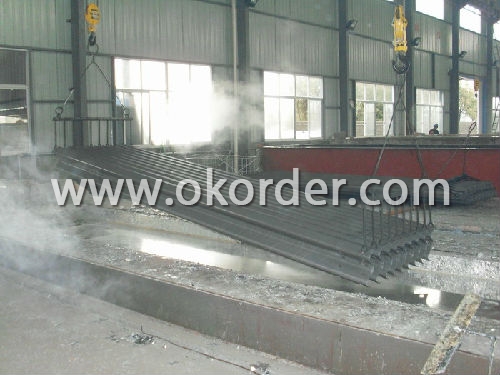
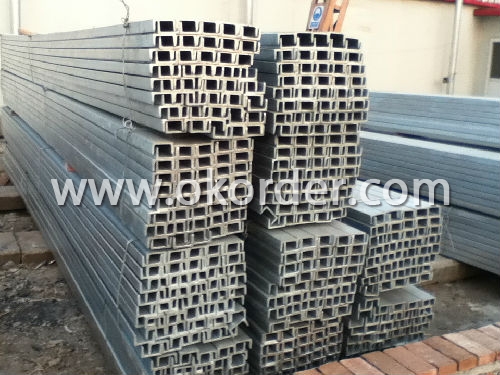
Applications: Galvanized for outdoor use or exposed evironments. Walkways, Ramps, Structural support
The process of hot-dip galvanizing results in a metallurgical bond between zinc and steel with a series of distinct iron-zinc alloys. The resulting coated steel can be used in much the same way as uncoated.
A typical hot-dip galvanizing line operates as follows:
Steel is cleaned using a caustic solution. This removes oil/grease, dirt, and paint.
The caustic cleaning solution is rinsed off.
The steel is pickled in an acidic solution to remove mill scale.
The pickling solution is rinsed off.
A flux, often zinc ammonium chloride is applied to the steel to inhibit oxidation of the cleaned surface upon exposure to air. The flux is allowed to dry on the steel and aids in the process of the liquid zinc wetting and adhering to the steel.
The steel is dipped into the molten zinc bath and held there until the temperature of the steel equilibrates with that of the bath.
The steel is cooled in a quench tank to reduce its temperature and inhibit undesirable reactions of the newly formed coating with the atmosphere
Package & Delivery of Galvanized Steel Channel:
1.The channel steel will be packed in bundle with steel wire at each end of every bundle and color marking in order to help the customer to recognize his goods more easily at sight.
2. And the channel steel could be loaded into 20ft or 40ft container, or by bulk cargo.If the weight of each bundle reaches more than 3.5 mt, the loading by break bulk cargo should be choosed.When the weight of each bundle reaches less than 3mt, the loading by container should be choosed.
3.As for the transportaion from mill to loading port, the truck will be usually used. And the maximum quantity for each truck is 40mt.
4.All in all, we could do in accordance with customer's request.
FAQ:
Q1: How do we guarantee the quality of our products?
A1: We have established an advanced quality management system which conducts strict quality tests at every step, from raw materials to the final product. At the same time, we provide extensive follow-up service assurances as required.
Q2: Can stainless steel rust?
A2: Stainless does not "rust" as you think of regular steel rusting with a red oxide on the surface that flakes off. If you see red rust it is probably due to some iron particles that have contaminated the surface of the stainless steel and it is these iron particles that are rusting. Look at the source of the rusting and see if you can remove it from the surface.
